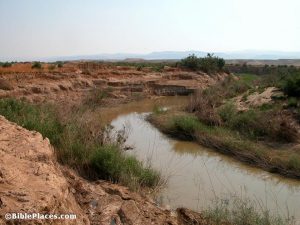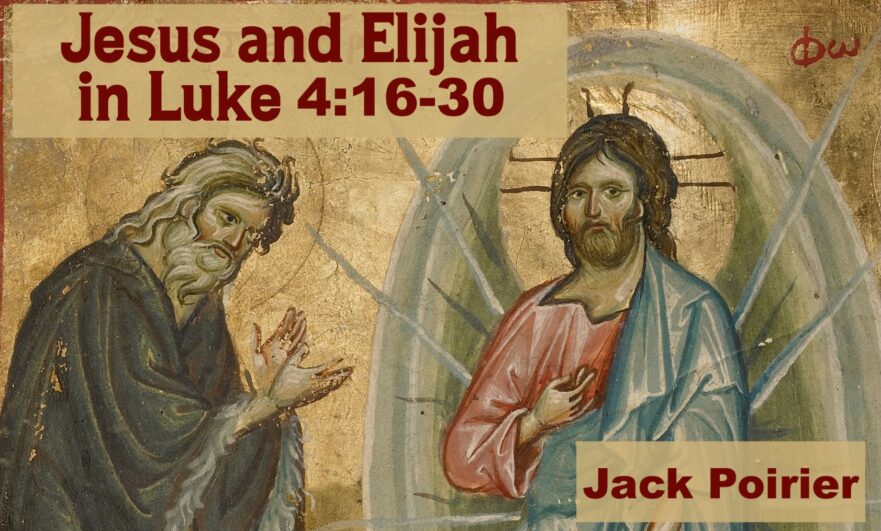If our goal is to understand the Bible on its own terms, there is an evident danger in creating new typological associations between the Gospel narrative and Old Testament events. At the same time, however, we cannot turn our back on typology altogether, as it is vividly clear that the New Testament writers often embraced such a way of reading classic Old Testament narratives. Most notably, there have been a number of fine studies on the use of “new exodus” imagery in both Paul and the Synoptic Gospels.
One of the more obvious typological connections is that between the prophet Elijah and John the Baptist. Although it feels like a game of Ping-Pong to figure out when Jesus and John press these connections and when they deny them in the face of common opinion, most readers of the Gospels probably come away thinking that, apart from Elijah’s mysterious appearance at the Transfiguration, there seems to be an efficient identification between Elijah, as the promised herald of the endtime deliverance, and John, as the forerunner of the Messiah. It is mainly for this reason, no doubt, that readers often miss the fact that Elijah fulfills a dual typological function, in that he is also associated with Jesus himself. As we will see, the connection between Elijah and Jesus is actually more prominent in Luke-Acts than the connection between Elijah and John.

The Jordan River, flowing towards the Dead Sea near the traditional location of Bethany beyond the Jordan. Photograph by Todd Bolen. Photo © BiblePlaces.com
There are other reasons that the Elijah-Jesus connections in Luke-Acts are often missed. For one thing, they seem to be more “narrativally active” at a pre-synoptic stage of the tradition. That is, they appear to be more the concern of Matthew’s, Mark’s, and Luke’s sources than of Matthew, Mark, and Luke themselves. If Otto Bauernfeind’s analysis is on target (see his commentary, ad loc.), Peter’s speech in Acts 3 provides an example of Elijianic imagery being applied to Jesus in a way that doesn’t seem to concern Luke in his reuse of this material. (To appreciate Bauernfeind’s point, it is not necessary to follow him in his more radical suggestion that this block of material was originally about Elijah himself, and only secondarily applied to Jesus.) On the other hand, depending on how sophisticated a web of allusions we think the evangelists are wanting to create, one could also imagine that this sort of submerged allusions operates at the level of their own concerns. (Recent scholarship has shown the sophistication of the narratival art in the Gospels, but one must beware of the current scholarly trend of turning any and all redactional inconcinnities into intentional literary devices, without first explaining why they could not simply be the redactional seams that they appear to be.)
Paid Content
Premium Members and Friends of JP must be logged in to access this content: Login
If you do not have a paid subscription, please consider registering as a Premium Member starting at $10/month (paid monthly) or only $5/month (paid annually): Register
One Time Purchase Rather Than Membership
Rather than purchasing a membership subscription, you may purchase access to this single page for $1.99 USD. To purchase access we strongly encourage users to first register for a free account with JP (Register), which will make the process of accessing your purchase much simpler. Once you have registered you may login and purchase access to this page at this link:

































































































Comments 1
So interesting, we discussed this at our discipleship group of relatively new believers. I came here to try to understand why the crowd reacted in the way they did – thank you